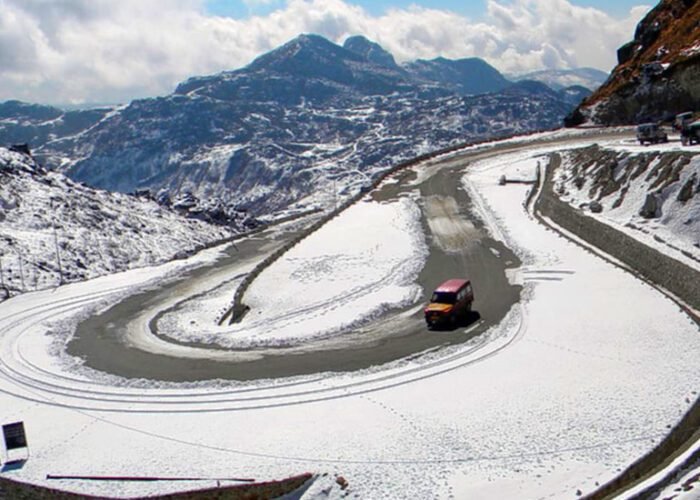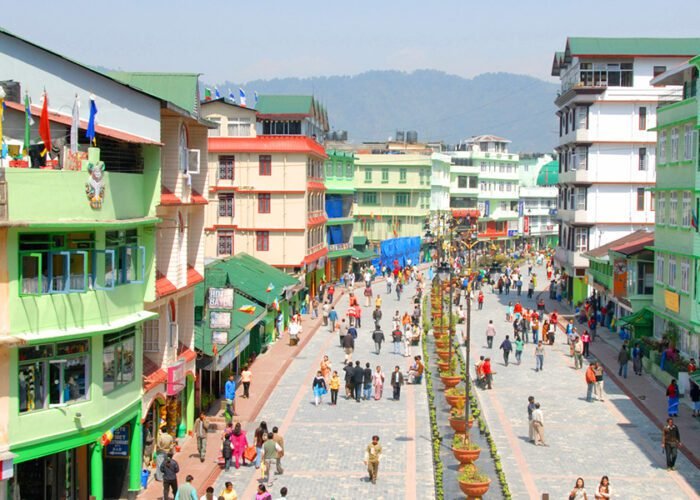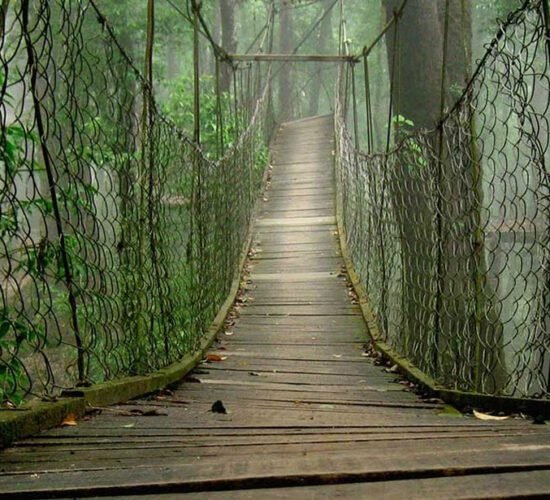Sikkim is a singular synthesis of many traditions, religions, and cultural practises from various groups. Three tribes, the Lepchas, the Bhutias, and the Nepalese, have lived in Sikkim from ancient times. Even now, they are still forming the people’s community and culture in Sikkim. Given that a sizable majority of Sik kim’s population is of Nepalese descent, Nepali is also the state’s most widely spoken language overall. People have recently migrated to the area from all over the nation, and a large number of Bengalis, Punjabis, and Biharis have relocated there to start travel and construction enterprises. Thus, it is possible to see a confluence of several civilizations, yet the state has remained remarkably kind and tranquil.
Sikkim is ornamented with charming folk dances, traditions, and rituals from many tribes and castes, making it resemble a gorgeous cultural bouquet. A Sikkimese culture that embraces all facets of life has been created as a result of these diverse civilizations. However, it has also been able to maintain its uniqueness. These may also be observed in their year-round celebrations of festivals, a variety of houses of worship, and traditional dances.
When planning a vacation to Sikkim, make sure to observe the ceremonial mask dance performances. The monks do them with excessive enthusiasm and vigour. They dance to the thundering drums and trumpeting horns, their swords and brilliant jewellery adding to the realism of the show.
Mountains, rivers, and forests are all a part of Sikkim’s spirits. In Sikkimese tradition, nature is revered as God. One of the celebrations that the villagers celebrate to show their appreciation to Mount Khangchendzonga is the Phang Labsol festival. This celebration is seen as a strong state guard.
The state’s Desian festival, a different holiday, represents the triumph of virtue over evil. Due to the fact that Diwali is observed on the tenth day, this holiday is comparable to Dussehra.
Every year, a melancholy Kagyat dance is done as well. In addition to these, Sikkimese people also celebrate Losoong, Namoong, Labab Duchen, Yuma-Sam-Manghim, Tendong-Iho-Rum-Fat, etc.
When it comes to Sikkim’s indigenous people, the Lepchas, it should be noted that they lived there long before the Bhutias and Nepalese arrived. Early Lepcha immigrants held to the spirit-based bone religion, which is based on bones.
As a result, Sikkim’s soul may be found in its mountains, rivers, and forests. There are many tales in Lepcha folklore. The Lachen and Lachung river confluence is within the Lepcha territory, which is located in the state’s centre.
The Tibetans who went to Sikkim are known as the Bhutias. They reside in Sikkim’s northern region and also own a Bhutia home called a “Khin,” which is typically rectangular in shape.
After the Lepchas and Bhutias, the third sect of Nepalese people eventually made their appearance in Sikkim. This sect moved in great numbers and quickly took over as the main group. In actuality, they currently make up more than 80% of the population.
As a result, you will have a clearer understanding of the sorts of people and cultures that the state values when you visit. You may also join the locals and take part in their festivities because everyone there is really kind and welcoming, whether it’s the Lepchas, Bhutias, or Nepalese.


















































